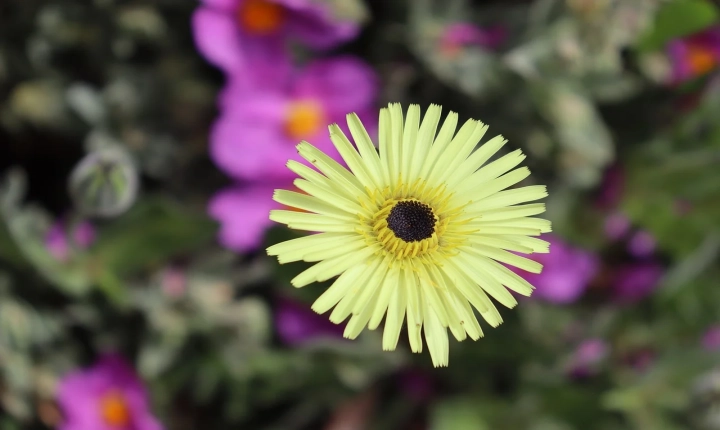Can Machines Be Creative? Meet 9 AI Artists
The debate over whether machines can be truly creative has been ongoing for years. But as technology continues to advance, artificial intelligence (AI) is increasingly being used to create artwork that challenges our perception of creativity.
AI artists are generating artwork using algorithms, machine learning, and neural networks, raising questions about the nature of creativity and the role of technology in the artistic process. Let’s explore the work of 9 AI artists that are pushing the boundaries of what we consider to be creative.
1. AICAN
AICAN is an AI artist developed by Dr. Ahmed Elgammal, which uses deep reinforcement learning to create original artwork. AICAN’s work has been showcased in galleries and exhibitions, prompting discussions about the relationship between AI and human creativity.
2. Sophia
Sophia, the humanoid robot developed by Hanson Robotics, has been trained to create artwork using a combination of neural networks and deep learning algorithms. The art created by Sophia challenges our traditional notions of creativity and raises questions about the intersection of technology and art.
3. Google’s DeepDream
Google’s DeepDream is a project that uses convolutional neural networks to generate psychedelic and surreal imagery. While initially developed for image recognition, DeepDream has been repurposed by artists to create visually striking and thought-provoking artwork.
4. The Painting Fool
Developed by Simon Colton, The Painting Fool is an AI artist that creates original paintings based on a combination of algorithms and a database of visual elements. The artwork produced by The Painting Fool has been exhibited in galleries and museums, prompting discussions about the role of the artist in the creative process.
5. AIVA
AIVA is an AI composer that uses deep learning algorithms to generate original musical compositions. AIVA’s work challenges our understanding of musical creativity and raises questions about the potential for AI to become a significant force in the music industry.
6. Pindar Van Arman
Pindar Van Arman is an artist who creates robotic painting machines that use AI algorithms to generate artwork. These robotic artists are capable of creating original paintings, raising questions about the intersection of technology, robotics, and creativity.
7. Anna Ridler
Anna Ridler is an artist and researcher who uses machine learning algorithms to create artwork that explores themes of nostalgia, memory, and identity. Ridler’s work challenges our understanding of creativity and raises questions about the role of AI in shaping artistic expression.
8. Mario Klingemann
Mario Klingemann is an artist who uses AI algorithms to create surreal and abstract digital artwork. His work challenges our perception of creativity and raises questions about the potential for AI to contribute to the art world in unexpected ways.
9. Refik Anadol
Refik Anadol is a media artist and director who uses AI algorithms to generate immersive and interactive installations. Anadol’s work challenges our understanding of art and technology, blurring the lines between the two and prompting discussions about the future of creativity.
The work of these AI artists raises important questions about the nature of creativity and the role of technology in the artistic process. While some may argue that true creativity requires human consciousness and emotion, others see AI as a powerful tool that can expand the boundaries of artistic expression. As AI continues to advance, it will be fascinating to see how it shapes the future of art and challenges our understanding of creativity.
